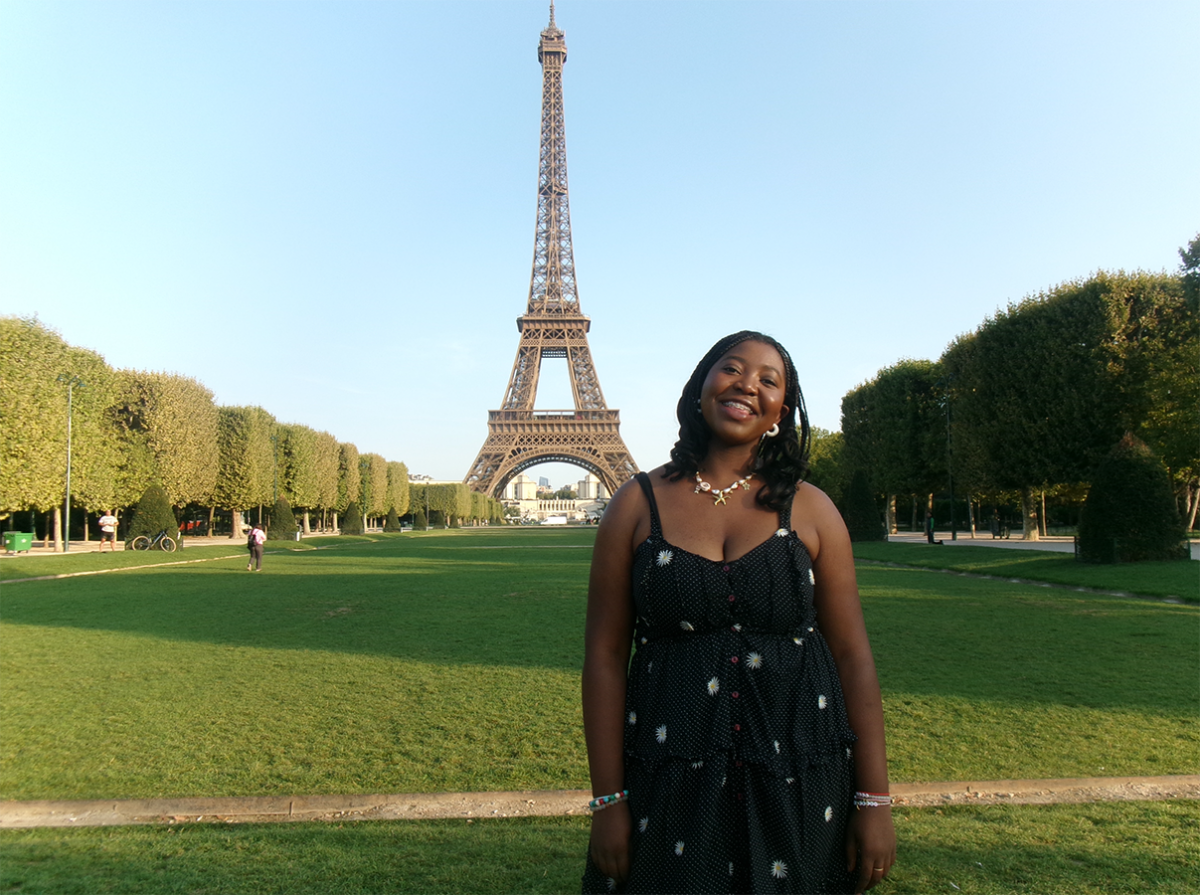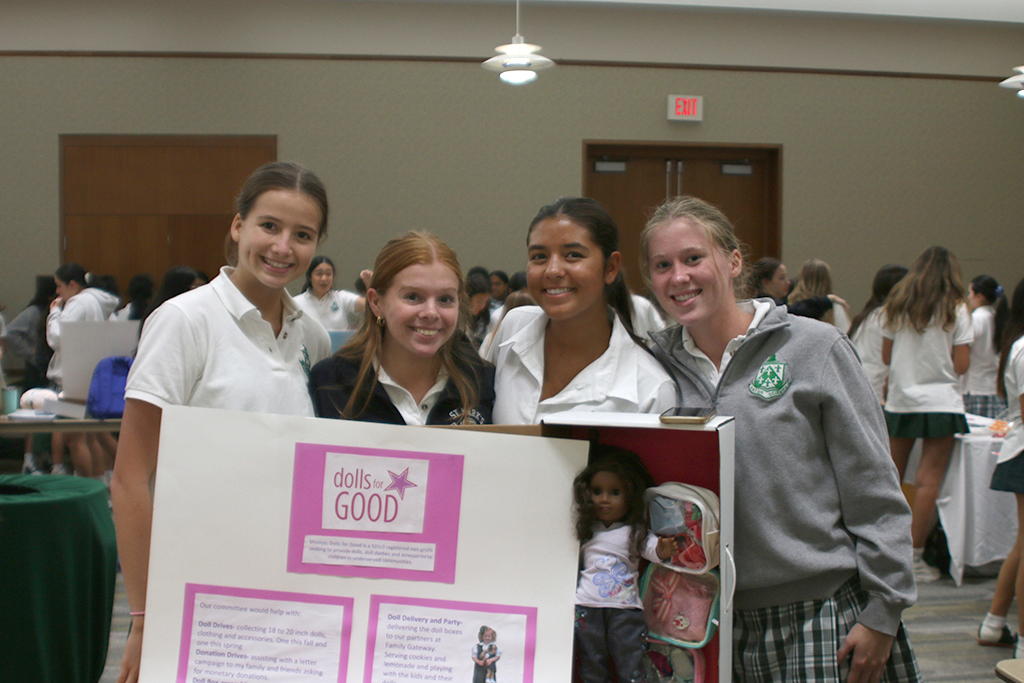In spirit of the celebration of love, what more conventional way to commemorate Valentine’s day than by dissecting a heart? Why open your heart to someone on this special day when you can open something else’s heart instead? Emotions are grand, but atria and ventricles are better. To better understand the anatomy of the human heart, the Fourcast asked Upper School anatomy teacher Brandi Finazzo to help guide a sheep heart dissection. Sheep and humans both have four-chambered hearts, making sheep hearts the prime models for a dissection.
Left Ventricle: The left ventricle is the thickest of the heart’s chambers and is responsible for pumping oxygenated blood to tissues all over the body. Just sounds like a lot of responsibility and hassle, like relationships.
Right Ventricle: By contrast, the right ventricle solely pumps blood to the lungs. Similar to accepting that you will die alone, much less time-consuming.
Interventricular septum: The stout wall that separates the lower chambers (ventricles). If only my emotional wall could be that thick…
Chordae tendineae: Cord-like tendons that connect the papillary muscles to the tricuspid valve and the mitral valve in the heart. They look really gross in pictures but I promise they’re not that bad in person, a fact I tell about all my Tinder matches.
Left Atrium: Receives blood returning to the heart from the lungs through the pulmonary veins and pumps it to the left ventricle. It’s like my give and take relationship with rom-coms; they give me nausea and take away two hours of my life.
Aorta: The main artery of the body, which provides oxygenated blood to the circulatory system. This is probably what Leona Lewis was referring to in her song “Bleeding Love,” emphasis on the bleeding.
Watch the video here.
Heidi Kim – Views Editor







